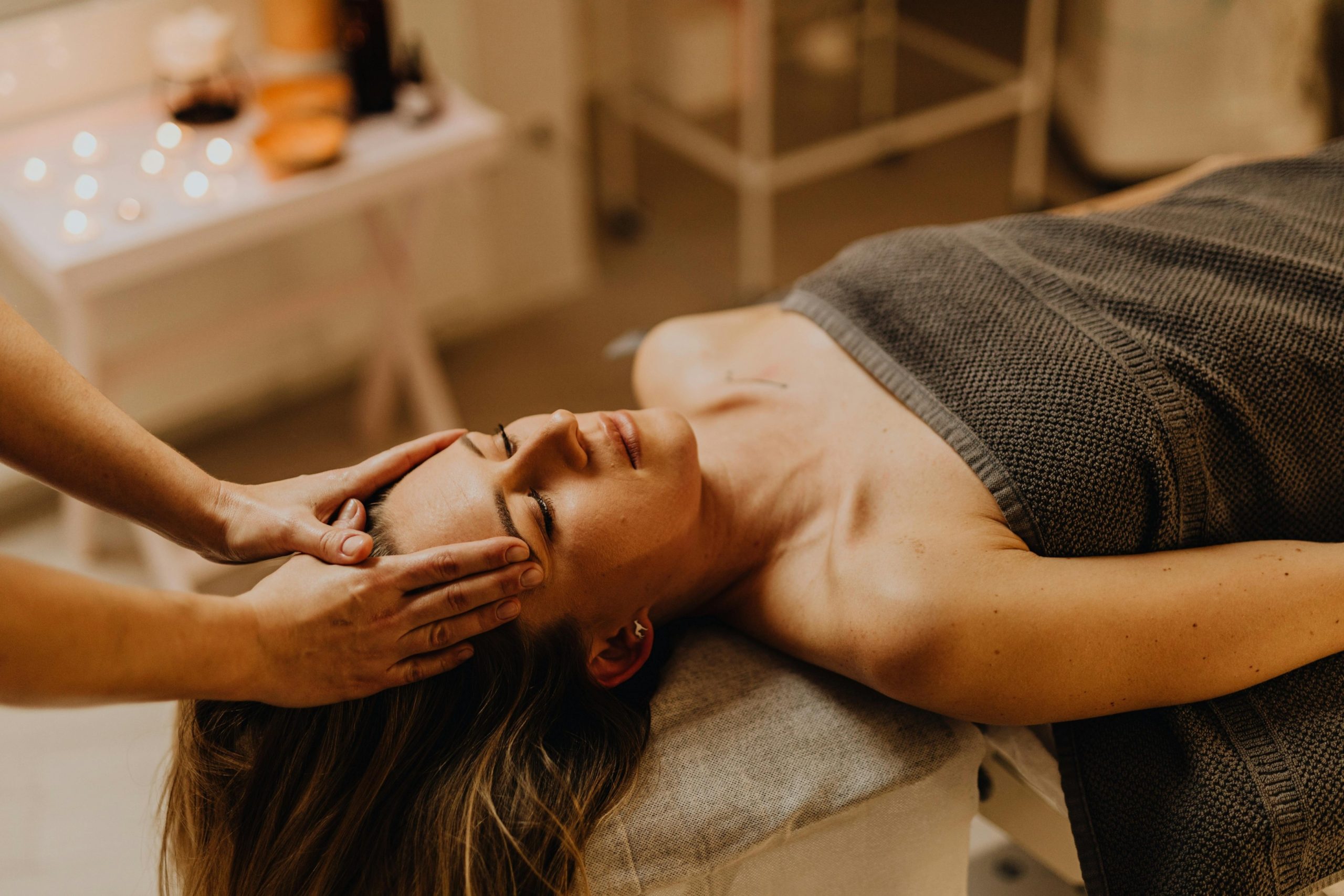Stress is something that the majority of people suffer from nowadays. The contemporary world tends to make life highly pressured and tense, which may influence both physical and mental health and lead to the inability to focus on work and find energy every day. Retreat activities may also play a part in bringing calm through focused areas, which are intended to favor rest, harmony, and healthy routines to sustain continued clear thinking and integrated feelings.
Mindful Breathing
The design of a specific retreat place typically covers the senses with soft sounds and light, and clean air that helps to adopt mindfulness breathing practices that seamlessly promote peacefulness and a state of being. With the help of guided sessions, one will be capable of focusing on the emotions he/she experiences now and forget about constant hurry and pressures caused by daily routine. An instructor may advise people to take slow, deep breaths and gradually release air during the session and to pay attention to the feelings in the body that may not be felt in everyday life. This method will assist in controlling heart rate and blood pressure during training, focusing attention on the positive experiences of the body instead of the unending stress. Generally, this approach creates the initial ability to relax in a crowded place, well after the retreat.
Relaxation Practices to Deep Calm
A sequence of systematic relaxing methods typically exposes gradual muscular unloading, soft image localization, and physical area explorations to deep physical and psyche repose. Since one can lead participants through a series of tensing and releasing muscle groups and describing each step using simple language, which helps to keep a smooth focus, a trained facilitator can do this effectively. Body scans can include taking yourself through the areas section by section from the head to the toes in a safe and nurturing way that will not feel like homework. Visualization activities are the ones that may welcome the subjects to envision the relaxing nature setting as well as to visualize the gentle light drifting through the tense areas to break down the stresses at the source. This mixture tends to create a strong sense of restfulness that transfers into everyday activities.
Healthy Eating
The retreat kitchen is just a foundation to deliver balanced meals that are made of whole grains, lean meats, and vegetables of many colors that are capable of delivering a sustained source of energy and essential nutrients contributing to tolerance of stress. Cooking staff in here will be able to make meals that contain antioxidants, omega-3 3 fatty acids, magnesium, and others in order to feed the nervous system and curb inflammations related to worry and fearful thoughts. Drinking water: The drinking water stations should provide infused waters and herbal teas that promote mild cleanse and soothe digestion rather than fuel the stimulant energy with caffeinated and sweetened beverages that tend to increase anxiety. Every meal normally is supportive, as it strengthens the body in coping with changes in mood and energy level throughout busy days.
Sleep, Rest, and Convenience
A resting place is usually a quiet setting with bedrooms that are soundproof and lightproof, heavy beddings, and a comfortable mattress that just calls out to you, and it can help fall into a deep sleep. Practitioners can implement pre‑sleep practices that involve the combination of aromatherapy, simple stretches, and soft words to help the mind towards immersion or states of rest, and at the same time, communicating to the body that rest modes are open. A calm night setting or opting for a good luxury spa and wellness retreat may stabilize stress-recovery-related hormone rhythms as well as enhance the next-day feeling of alertness and emotional balance. Typically, this focus on sleep hygiene educates proper habits that can be adopted into the house, to enhance the lesson that one must rest so that their well-being can be sustained.
Conclusion
A retreat environment may offer a complete package in terms of relieving stress through a combination of mindful breathing practices. Individualized care plans will allow the acquired practices to be sustained in daily life so as to enhance resilience and balance in the long run. The method is nothing more than a sensible, interesting technique of dealing with stress and establishing sustainable wellbeing without the need to have in-depth tools and numerous expensive skills.
